This post may contain affiliate links. This just means I may receive a small commission at no extra cost to you for helping them promote their product or service. I don’t endorse any services I don’t personally use or recommend.
Summary: There is a way to visit the funerals of the Tanah Toraja people of Sulawesi ethically. They are not tourist spectacles, but true traditions that have persisted for hundreds of years. It’s important to visit in an ethical way to encourage the practice and preserve the ancient tradition for generations to come.
What Exactly Are The Funerals of Tana Toraja?
It would be impossible for me to explain the complex culture and rituals of the Tana Toraja people of Central Sulawesi.
The essence of their death rituals is that when someone dies you must wait until the dry season (July-Sept) to bury them. In the meantime, locals host the dead in their own homes making sure they are “fed” for each meal and properly cared for. As if they were sick.
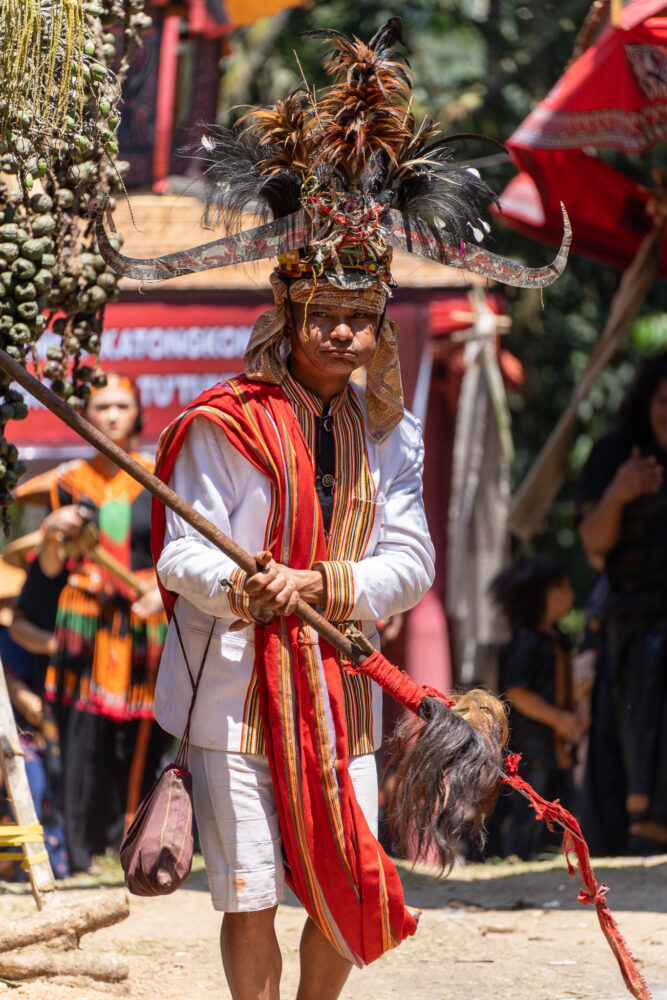
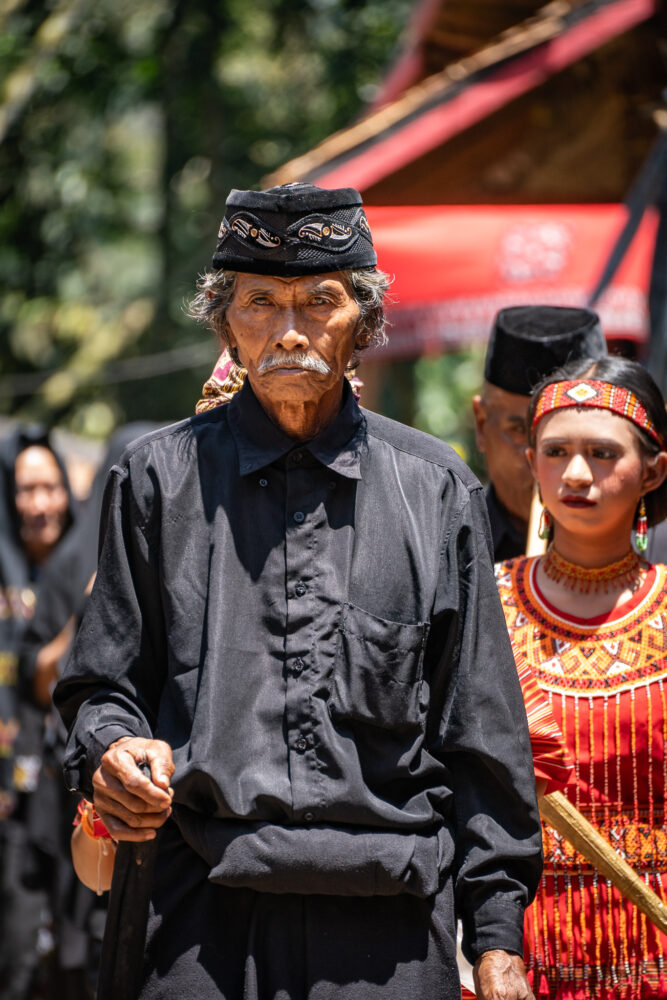
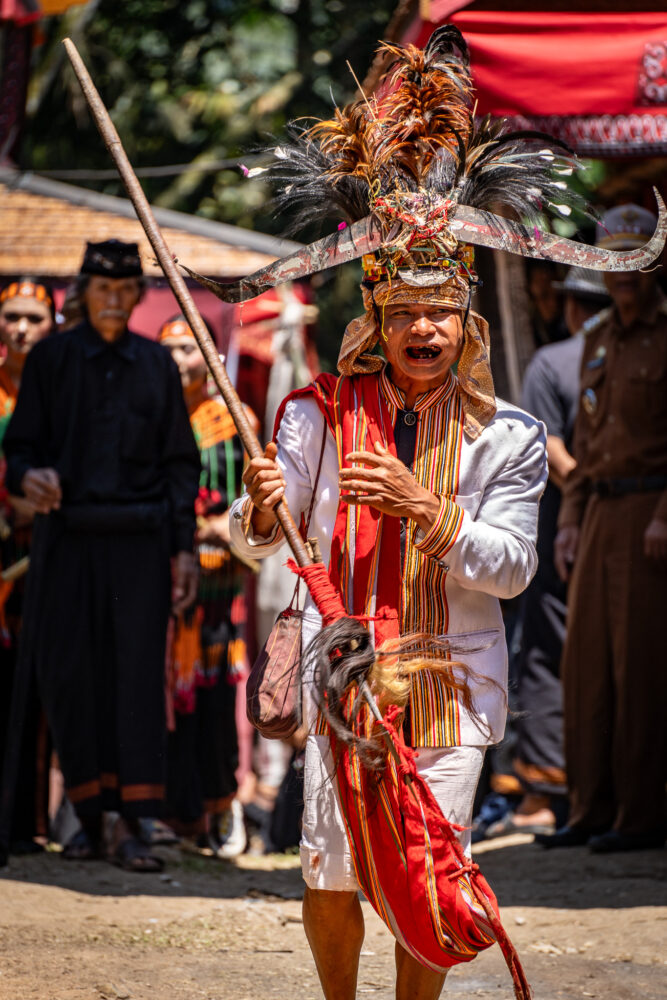
Another interesting facet of their burial rites is the Manene which occurs in August. Every three years the grave is unearthed and the body is dusted and refreshed providing locals the opportunity to visit with their recently passed loved ones.
This has cultivated the reputation of locals living with the dead and parading around the skeletal remains of their ancestors. The truth is that for the people of Toraja, until a corpse has lost all its skin and flesh, the soul remains. For them, these afterlife visits are as casual as a picnic with grandma. Death is not the same across cultures. For the people of Toraja, death occurs must later than most.
Should You Visit the Tana Toraja Funerals?
The big concern/question and the very reason I’m taking the time to write this blog post is…
Is it ethical to visit the funeral of someone you have never met? Or is this some kind of show put on for tourists and you are contributing to a very dark and unfortunate kind of tourism?
This is the question I grappled with before going. I couldn’t really find any accounts of people who had gone and spoken about their feelings on the subject after. So I’m here to fill that void.
Keep in mind by no means am I the ruler of all things ethical. I’m just here to give you my thoughts and feelings on the subject so you can be more informed before you visit.
But spoiler: Yes, I do think that the ceremonies are authentic and that you can visit responsibly without offending anyone if you follow some simple guidelines that are mostly self-explanatory.
Our Experience in Sulawesi With the Toraja People
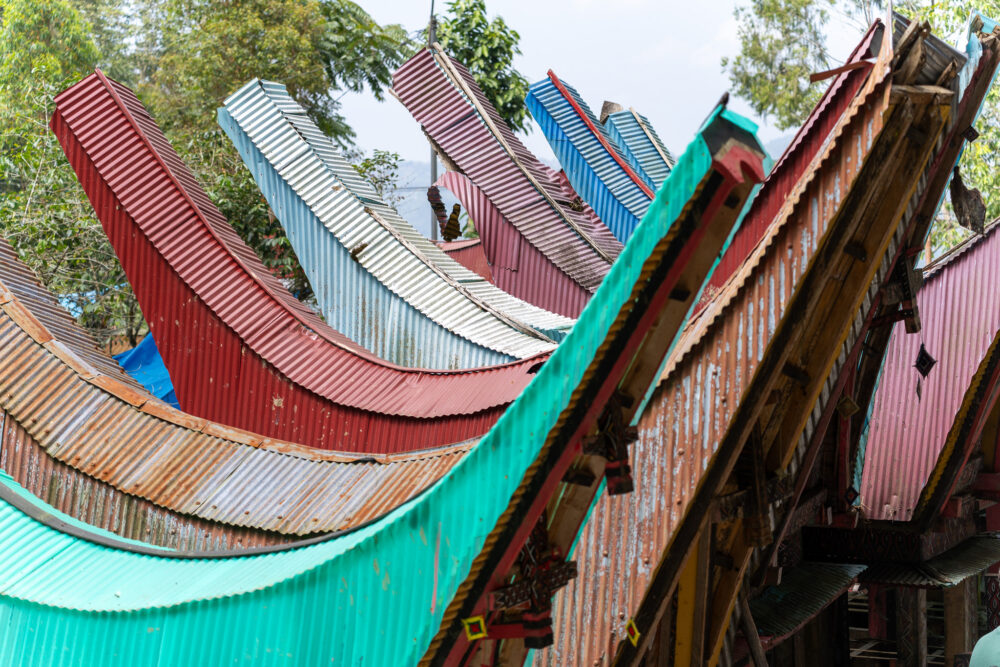
Getting to Tana Toraja
Sulawesi is a pain to get around. It’s easy in that all you do is buy a bus ticket, but the bus journey is 12+ hours long and usually over-crowded and uncomfortable with music blaring at an ungodly volume. Also, the roads are quite possibly the most winding twisting roads we’ve ever experienced. More than Northern Vietnam.
It takes two days to get from Makassar, Sulawesi to Tanah Toraja. But I recommend you stop overnight in Tentana. Or stay for a few days, it’s a nice little town and Victory Homestay is absolutely wonderful.
The bus will drop you off in Rante Pao. This is the center of the Tanah Toraja region.
Where to Stay in Tana Toraja
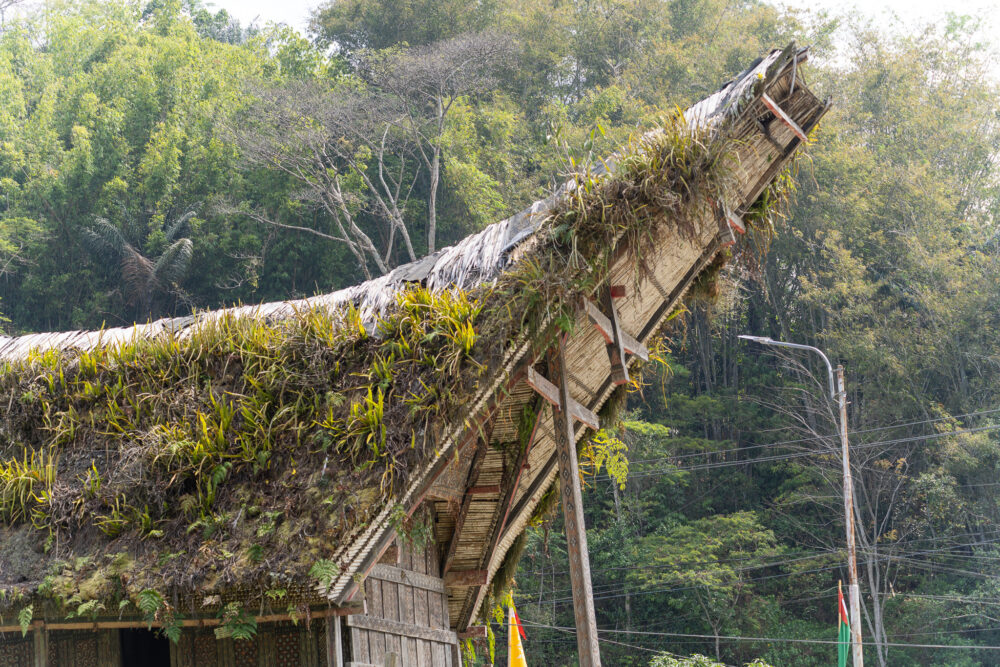
Mama Tia Family Homestay. For starters, it’s set a little further out of the thick of town. This is a bonus here because town is not exciting and you’re going to need a motorbike/scooter no matter what. So proximity to food isn’t a concern. But the main reason is the host. He’s a local and in the know when it comes to the funerals.
He’s been a guide for NatGeo in the past. He also charges super fair prices for all his guide services. There are many entrepreneurs who come from the big cities and charge extortionate prices for guiding in Tanah Toraja.
The Manene
We didn’t want to jump right into the funerals. Instead, we decided to attend a much less formal Manene. Along with our homestay host, we hit the road and scootered into the mountains where he said several families would be publicly unearthing the family graves.
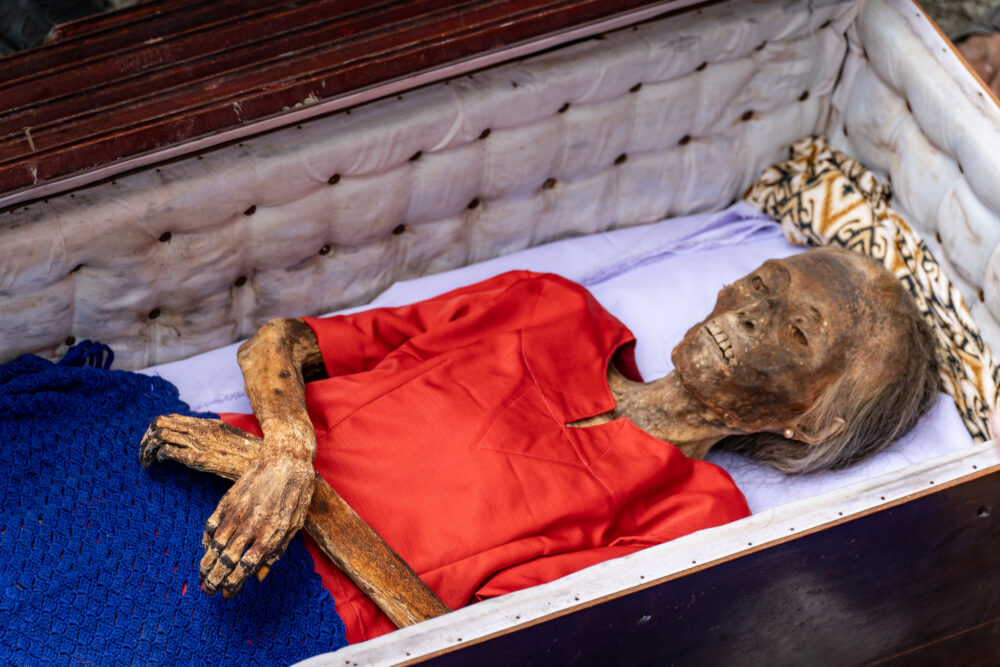
When we showed up it was chaos. There were people everywhere. Mostly Indonesian people, to be fair. This sacred ceremony seems to be very popular with domestic tourists. Everyone was milling about near the cliffside graves and then a family approached. They began removing items one by one from the grave, and then out came the coffin. It was at this time that people started crowding uncomfortably close and climbing anything they could see to gain a better vantage point. It was a mixture of old white tourists with massive cameras, a handful of backpackers and families, and then a slew of domestic Indo tourists.
As the coffin was opened the crowd grew. Everyone was trying to jostle closer to the family who was busy cleaning the body and snapping their own family photos. This was the day I had a slight problem with this kind of tourism.
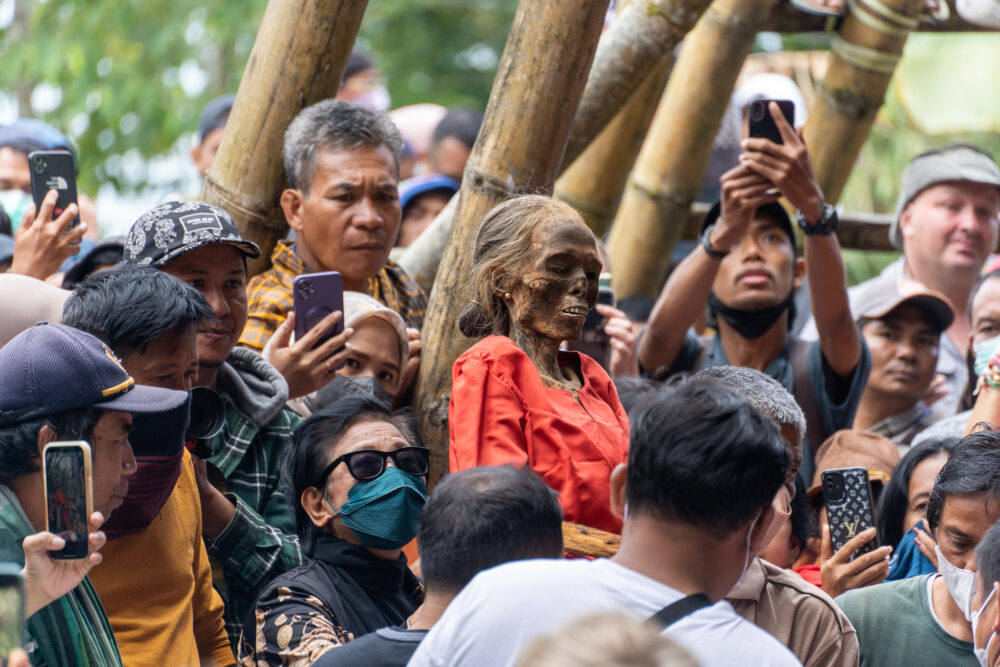
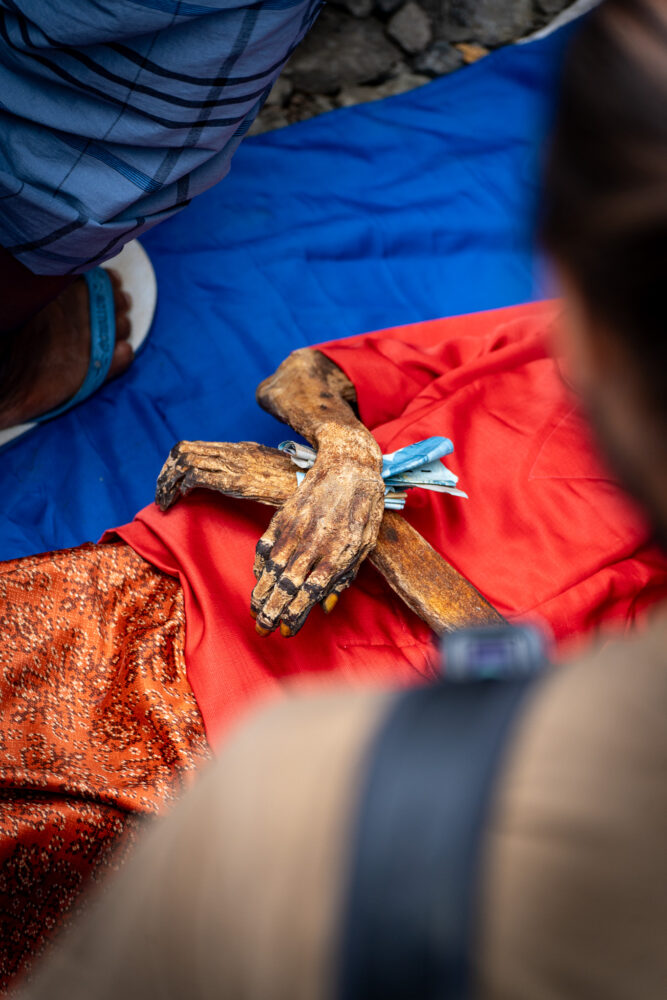
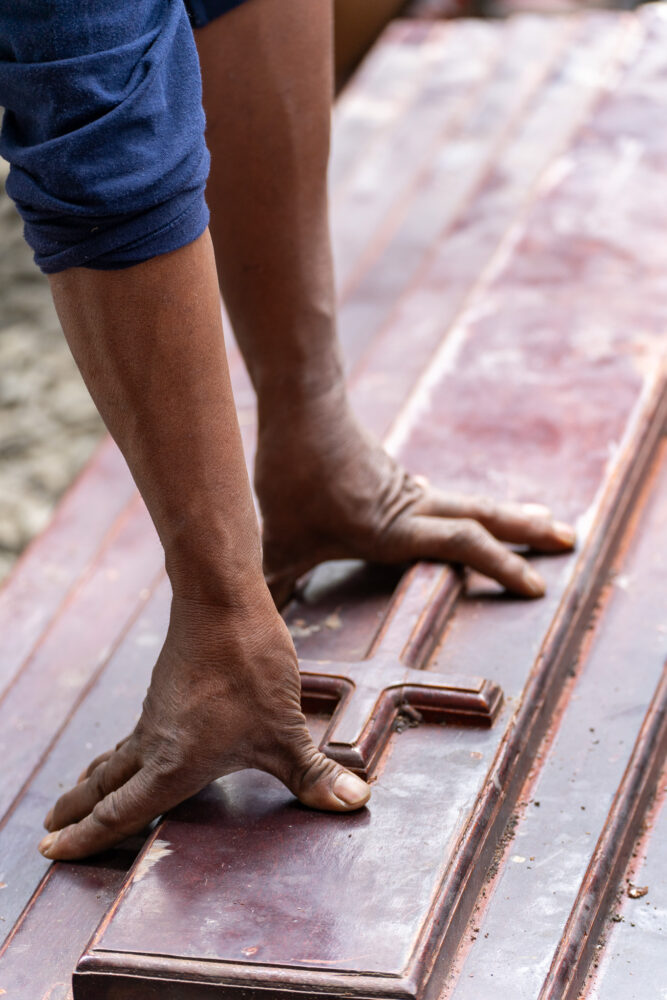
The respectful thing to do would be to stand 15 feet back (at least) from the family giving them space with their loved one and snapping photos from a distance. But the crowds just kept creeping closer and getting more and more invasive. In their defense, the family genuinely didn’t seem to care. In fact, they seemed to take some glee in the fact that people wanted selfies with grandma.
Our guide explained that crowds and attendance are often viewed as an honor.
After about 20 min they repacked the tomb and went about their day. Many tourists continued to mill about waiting to see if another family would open their loved ones’ graves.
Structure of the Tana Toraja Funeral
Funerals are a 4-5 day affair. This is why I recommend that if you want a full funeral experience you should plan to stay in Rante Pao for at least a week. There is no gaurantee that a funeral will start on the day you arrive either. But if you visit during August you have a good chance of catching at least one of the days.
Each day of the funeral is different.
- First, there is a greeting day where the family welcomes the community to the festivities to come.
- Bringing the body to the ceremony.
- Funeral ceremonies & acceptance of gifts
- Sacrifice
- Burial
This is the rough gist of a typical Toraja funeral.
Warning! The sacrifice day is brutal and pretty universally discouraged that tourists visit. Around 30-50 pigs and buffalo could be slaughtered by hand while everyone looks on. It’s a bloodbath. Obviously, not for everyone. We watched a few sacrifices on day 3 of a funeral (that were being used for lunch) and it was difficult enough. I wouldn’t want to watch dozens more.
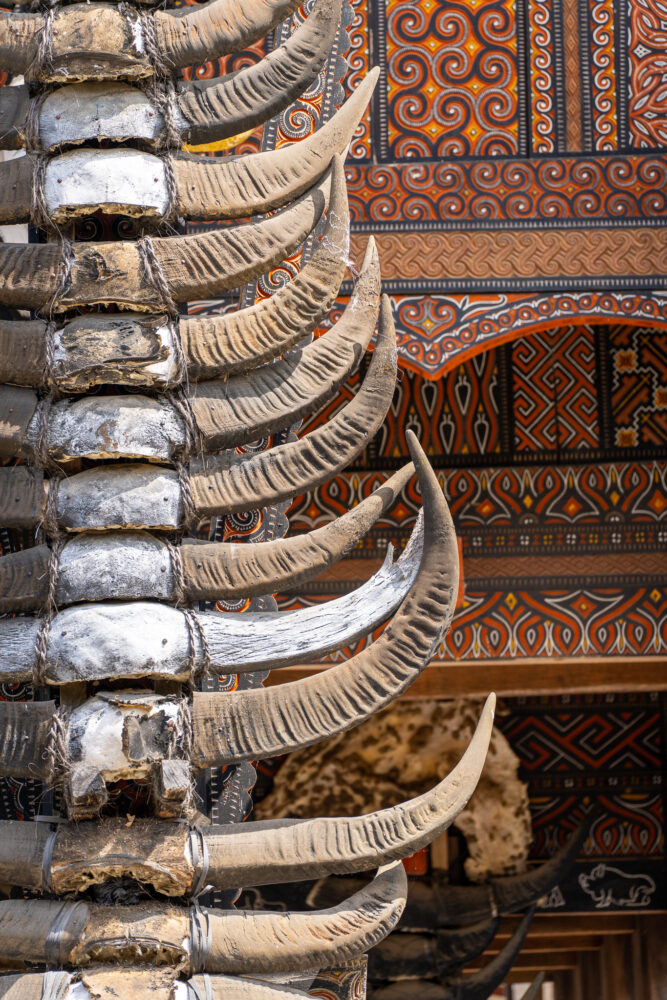
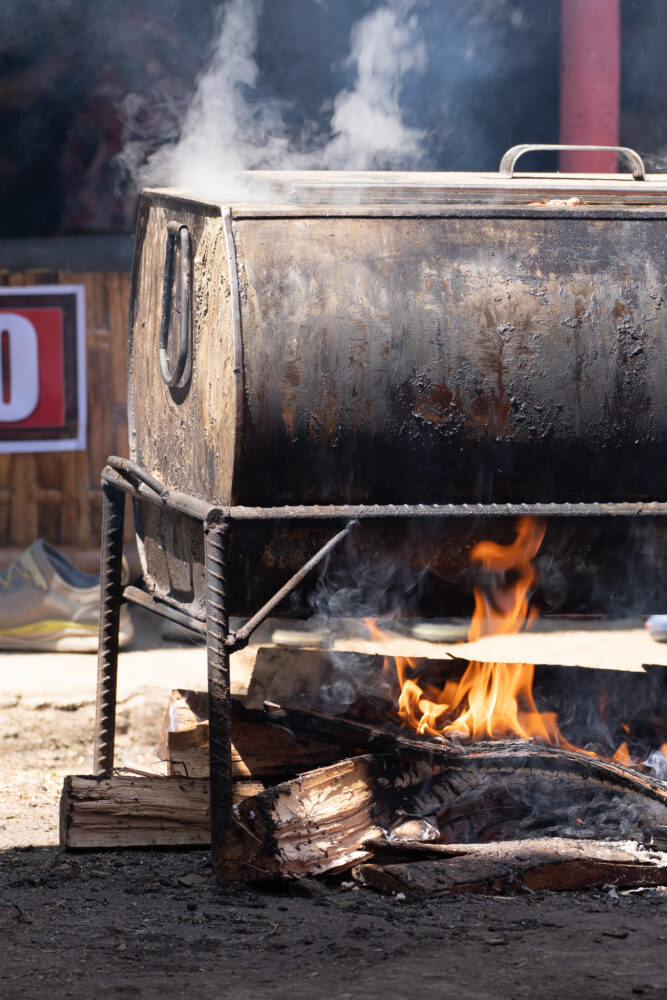
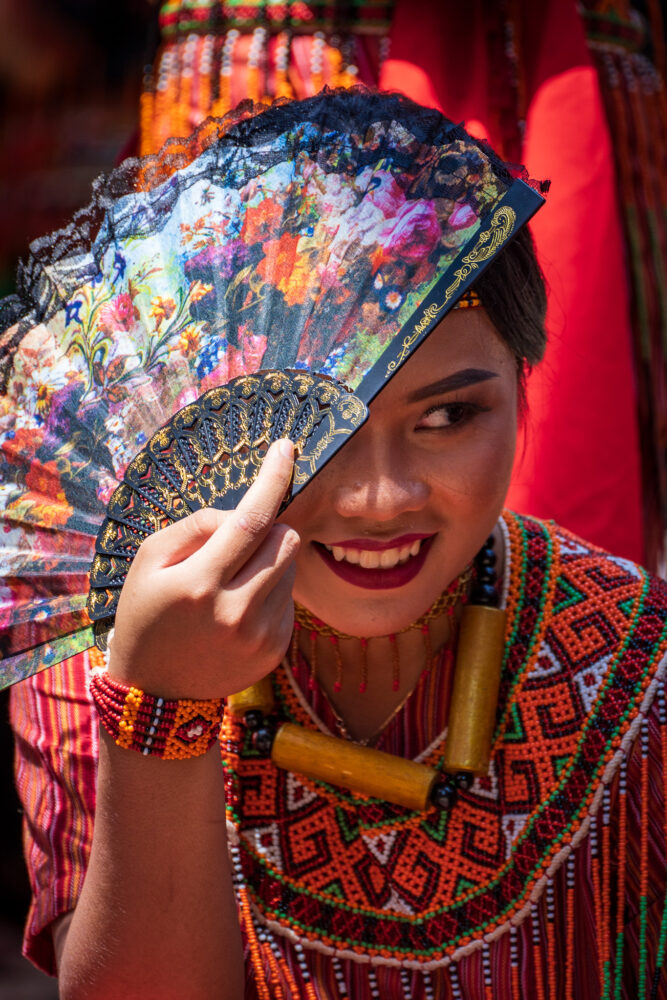
Our Tana Toraja Funeral Experience
We chose to attend only a single day of the funerals. Day three. This seemed the least invasive and I wouldn’t have to bear witness to mass slaughter (so I thought). The drive to the funeral was about 45 min from town and it seemed like the whole village was there. The roads here are super winding and steep and best traveled via scooter. We watched as a long procession of people dressed in black robes and traditional attire greeted the family and brought offerings. Food was eaten, eerie feathered-costumed-men and singing women performed to the backdrop of a very loud gravelly speaker reading out the offerings each family brought to the funeral.
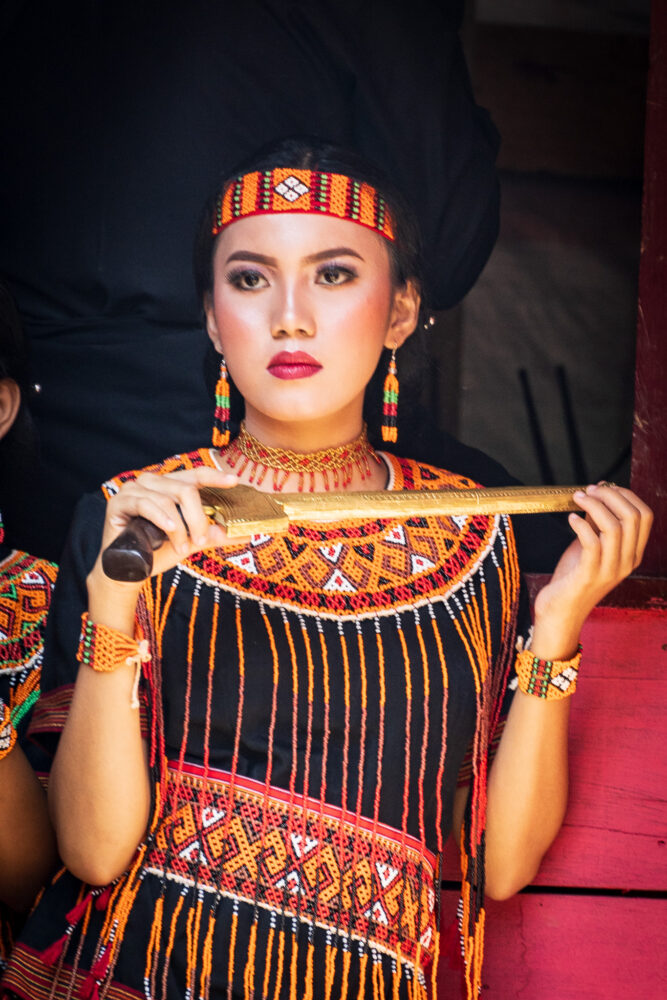
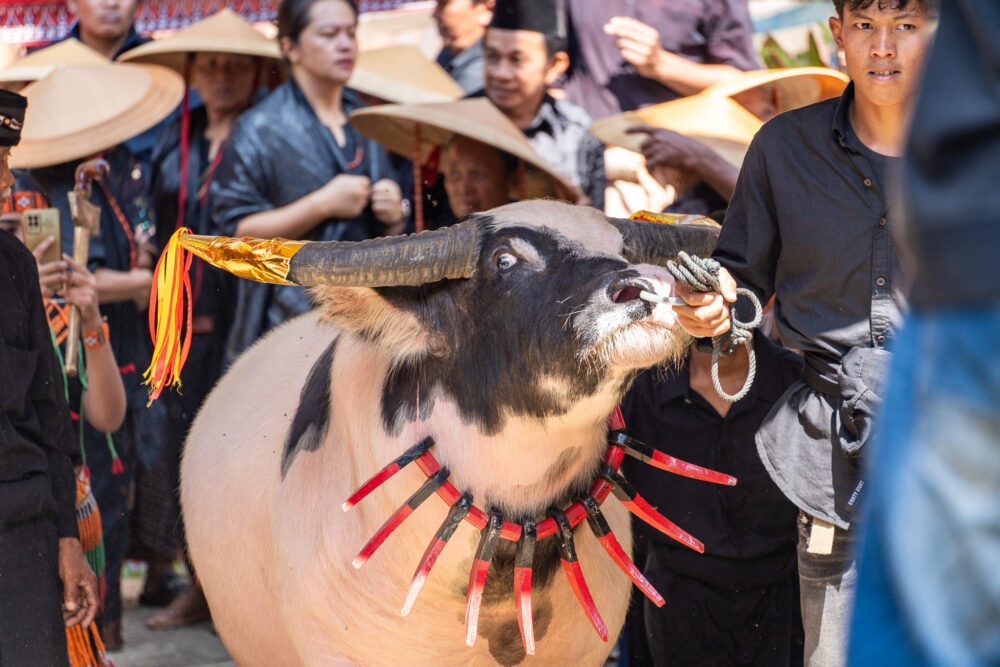
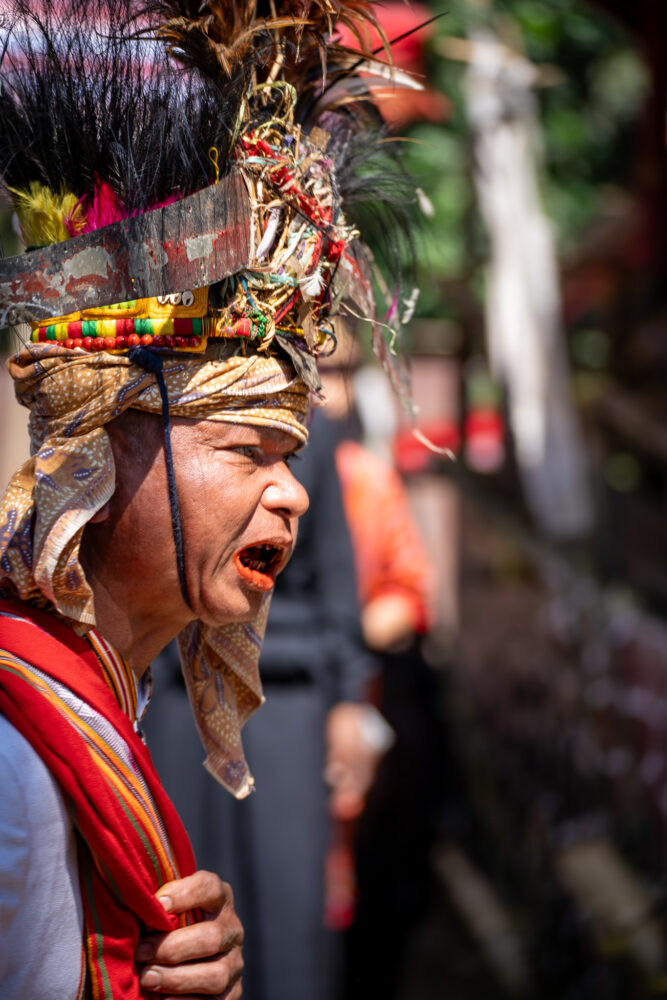
We stayed about an hour. During that time we saw numerous buffalo marched through the ceremony to their likely demise. And many pigs being killed and processed. The reason that I saw the pigs being killed was took a wander behind the main area of the ceremony. This area seemed “behind the scenes” & was likely just where they were preparing lunch for the hundreds of funeral attendees.
After giving our gifts to the family and watching the festivities (which were quite joyful) from an area that the family designated for foreigners we left. There were about 10 foreigners total at the funeral.
Quick Tips for Planning Your Visit to Tana Toraja Funerals
If you don’t plan your visit carefully you could miss the funerals altogether.
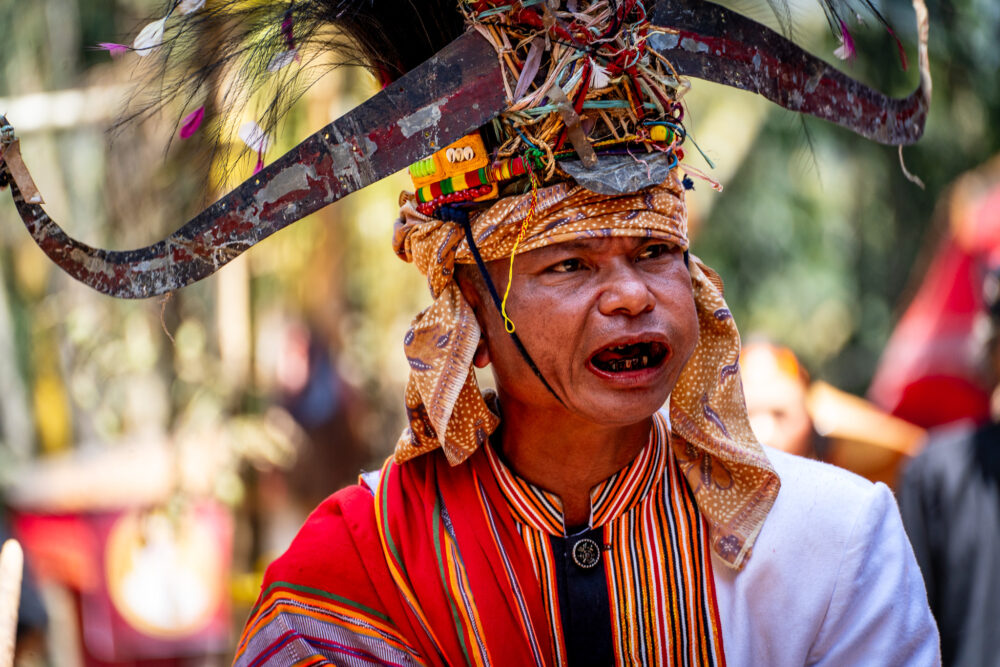
- Visit during late August/Early Sept. This is the only time Manene happens and when most of the funerals happen. December is also a good month + some special funerals happen during this time.
- If you can’t visit in August, visit in June-October. This is the ONLY time of year funerals happen.
- Learn to drive a scooter. While it’s possible to see the ceremonies via car, it’s far more expensive to hire and the roads in this region are not well-suited to vehicles.
- Don’t hire a driver or guide from Makassar. Wait until you’re in Rante Pao to arrange things.
August 25th is when the largest of the ceremonies will happen in 2024.
5 Ways to Visit The Tana Toraja Funerals Ethically
Here are the rules you should follow when attending the Toraja Funerals to be respectful of the community members.
1. Hire a Local Guide
This is the single most important thing on the list. Even if you could find the funeral location without a guide, (which considering it’s someone’s home tucked into the mountains most of the time) it would be rude to go without one. For at least your first visit.
You want to understand what you are seeing. You also want to make sure that you are seated in a respectful area, wearing the right clothes, and don’t overstay your welcome. Without an English-speaking guide you would be completely lost as most people in rural Sulawesi speak little to no English.
That being said, I totally understand the desire to not want to get ripped off. A guide should cost you around $20 for the day per person. We paid about $17.50 per person with our guide at Mama Tia’s Homestay.
2. Don’t Photograph People Without Permission
This should be standard practice everywhere in the world you go. But people seemed particularly invasive here.
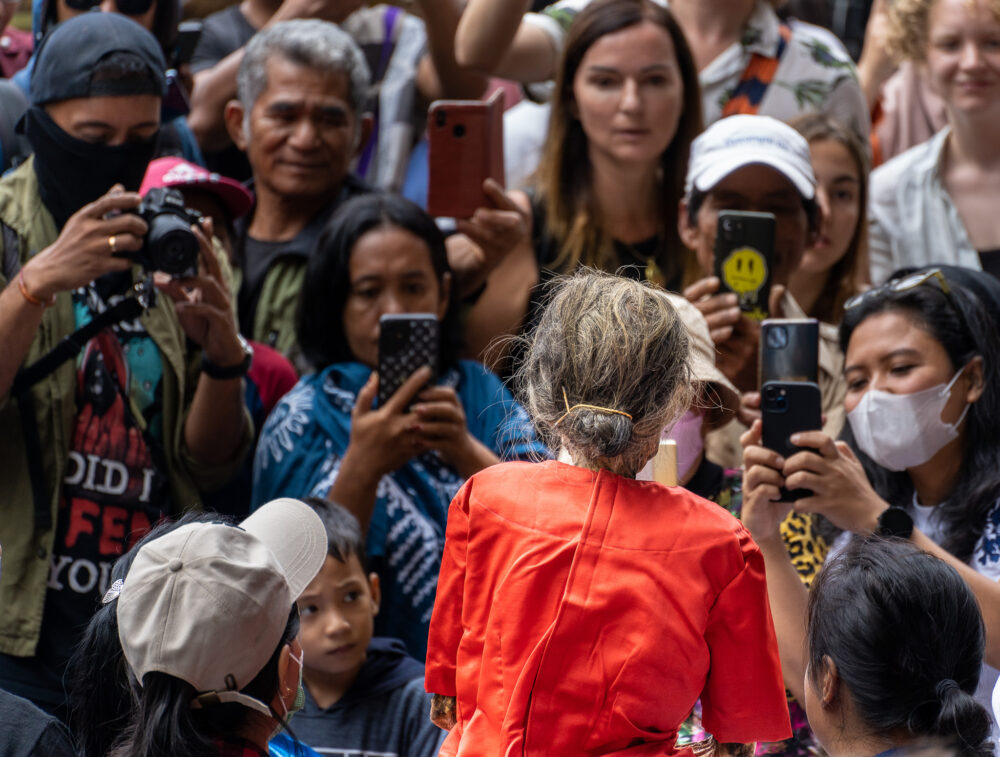
Obviously, you cannot get the permission of the dead. But you can tell if the family is alright with you taking a photo or not. Don’t go shoving your camera in anyone’s face alive or dead. It’s best to stand about 10 feet away and take your pictures.
3. Please Don’t Forget This Is a Funeral
Read the room.
If people are somber, be somber. While the Toraja funerals are usually a lively affair (because often the death was not recent) you should still be self-aware while you are observing this unique funeral practice.
4. Give the Family Space and Respect
Duh.
This is an example of NOT doing that.
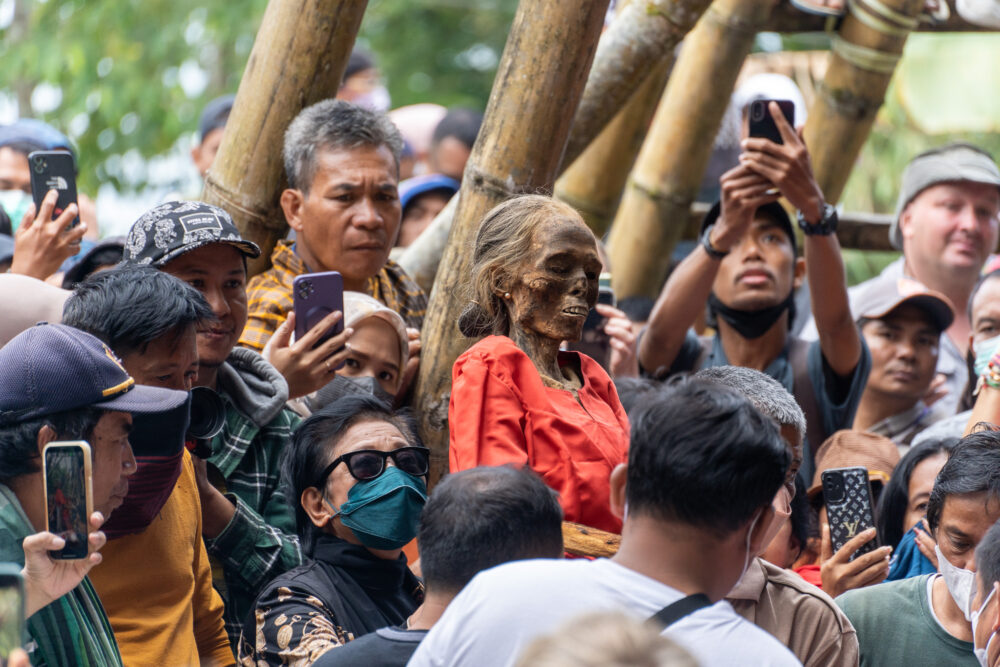
I’m just really trying to drive this home here. Please, please, don’t forget these are people’s loved ones.
5. Bring An Appropriate Offering to The Funeral You Attend
Your guide is going to help you with this but we brought several packs of cigarettes and some biscuits. You cannot show up empty-handed. That’s extremely rude.
Death Tourism & What Sights Are Worth A Visit in Tana Toraja
Death tourism is a big attraction in Tanah Toraja. But if you read my full guide to Sulawesi (*coming soon*) you’ll see there are loads of other things to do/see in Tanah Toraja.
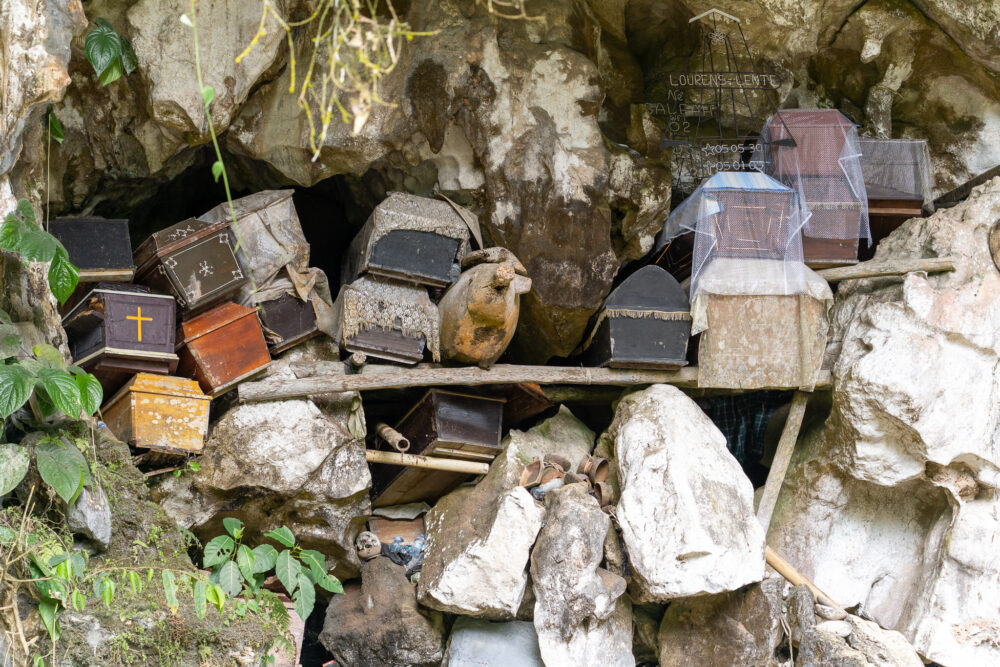
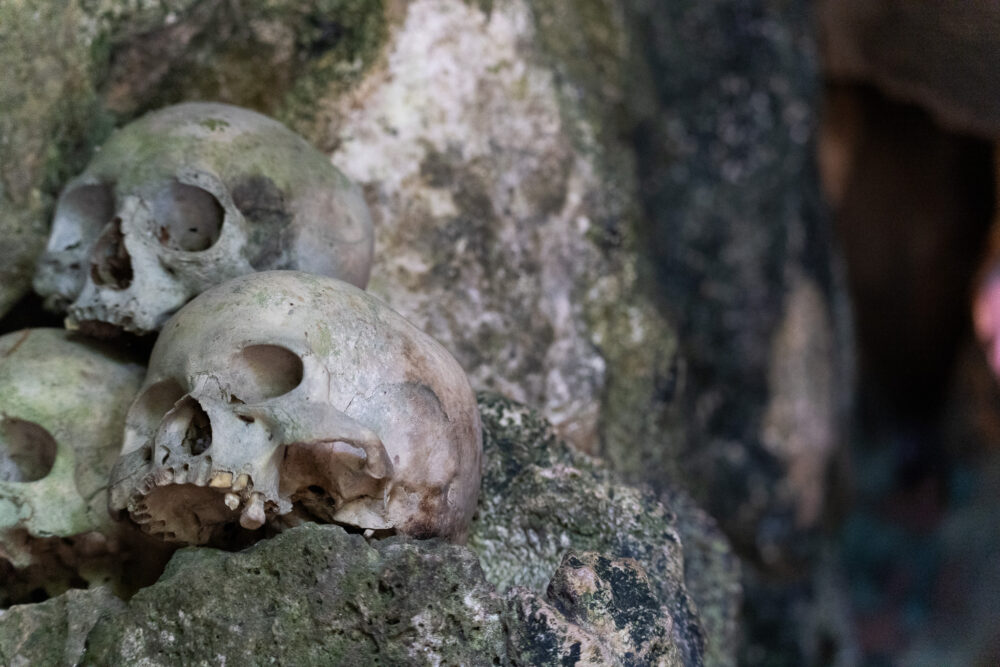
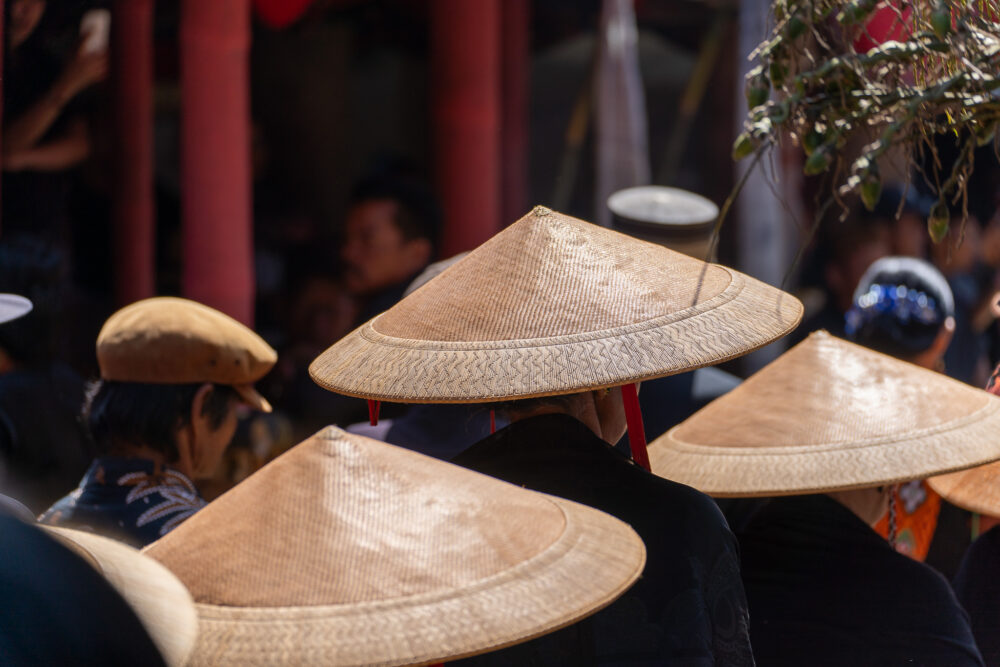
Here are just a few of the highlights.
- Lemo.
- Londa Ancient Graveyard.
- Tilanga Natural Pool.
- Situs Purbakala.
- All the drives through the Tana Toraja hillsides.
Tana Toraja is one of the most interesting destinations in Indonesia. We’ve visited more than 15 islands of Indo, and never seen a place quite as beautiful or interesting as this one. You can visit these ceremonies without intruding on the families and support the indigenous community through your tourism dollars…as long as you follow the tips outlined in this guide and follow the explicit instructions of your hired local guide in Rante Pao.
Let me know if you have any other questions in the comments! And as always, this was just my own personal opinion based on visiting the funerals over the course of 5 days during August of 2023. This could change at any time as tourism to the area grows and I will keep this post as up-to-date as possible.
Save This Tana Toraja Funeral Post For Later!
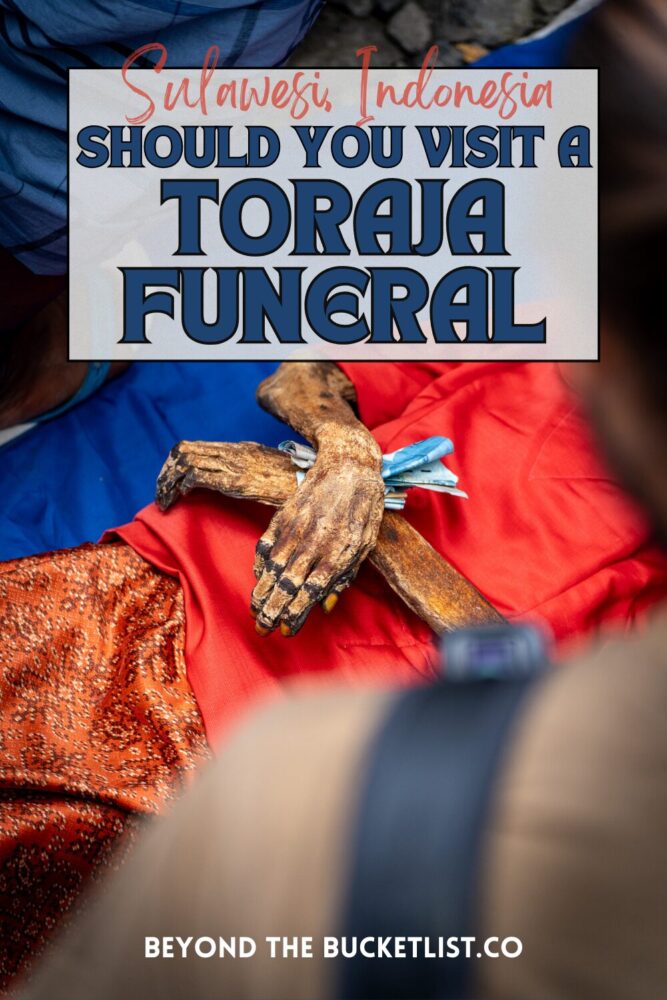
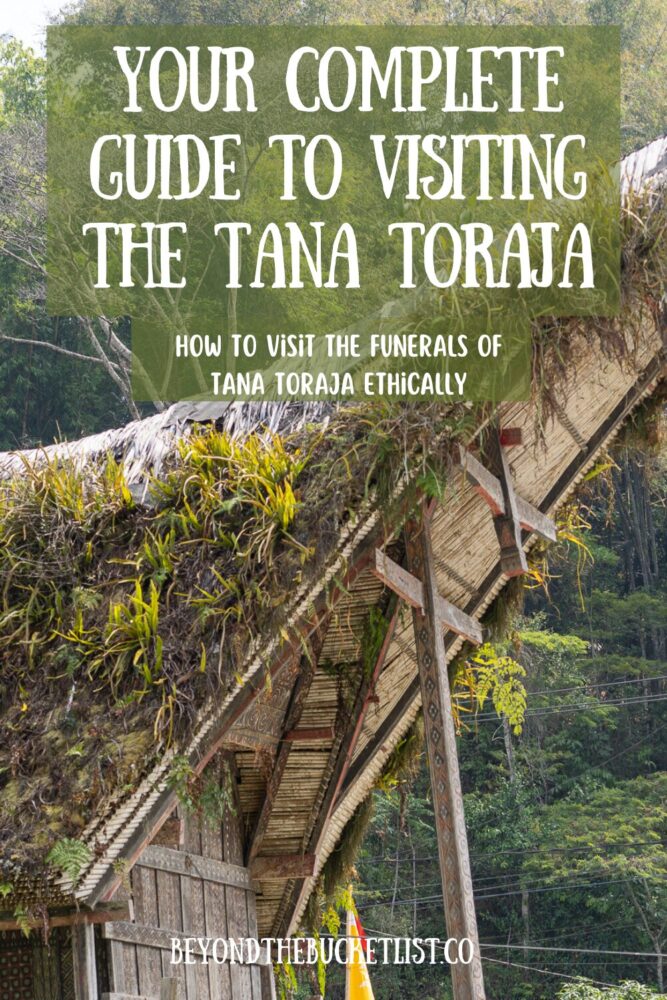
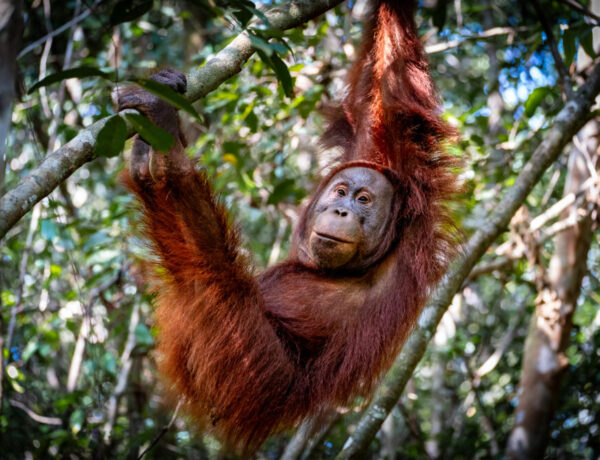
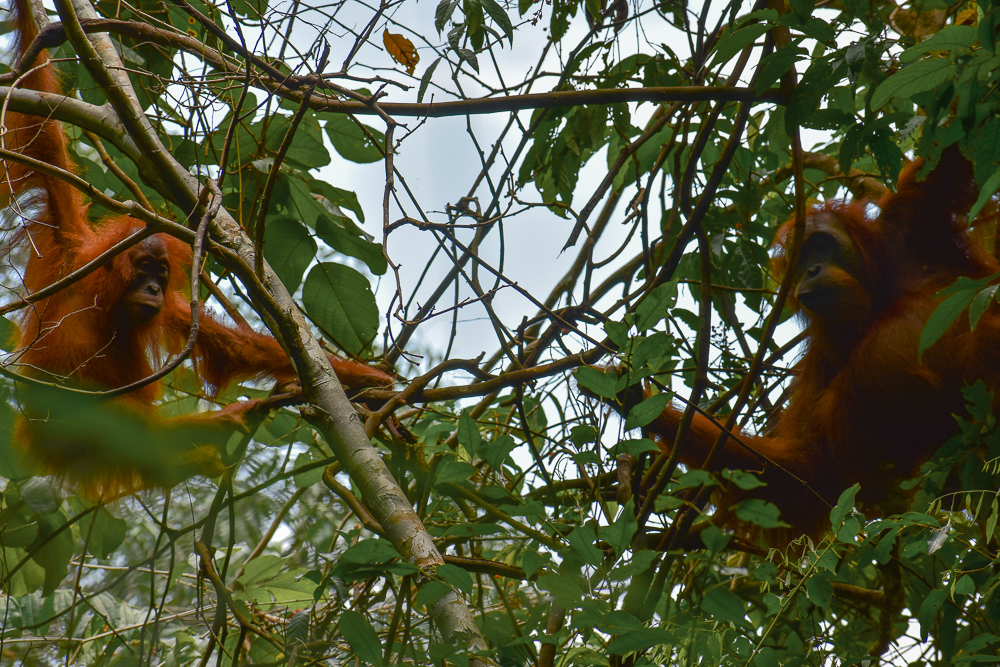



1 Comment
Alberto Pidwell Nunes Monteiro
April 9, 2024 at 3:59 amGreat publication!
Thanks a lot.